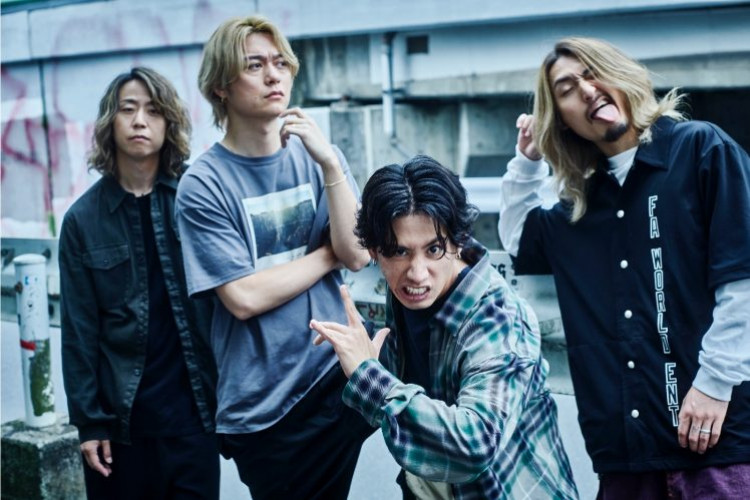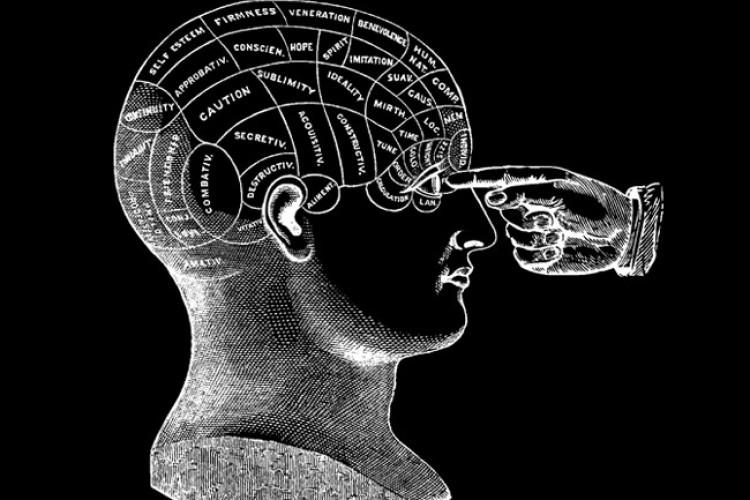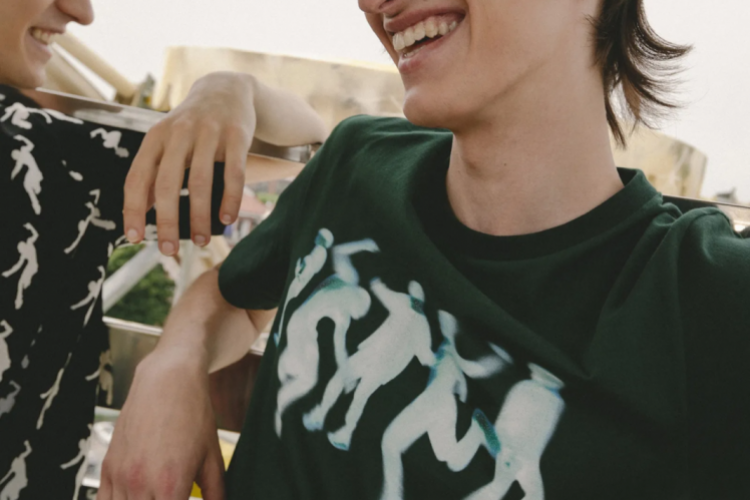Talking Youth Development with Ganesha Putera Christian
Chandra Drews (C) talks to Villa 2000's Ganesha Putera Christian (G).
by Ken Jenie
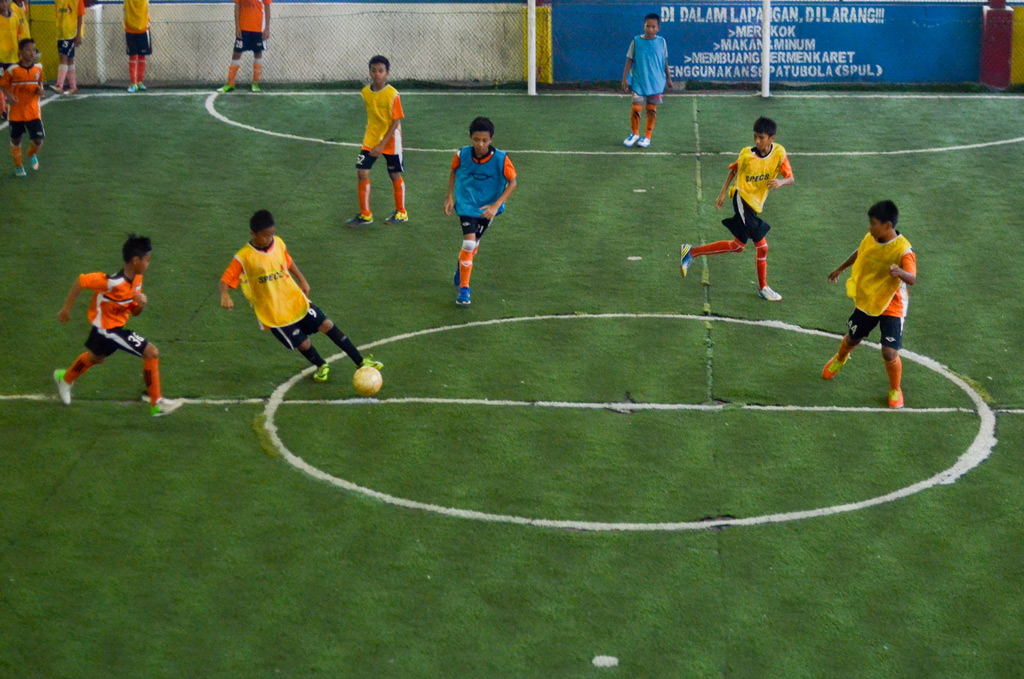
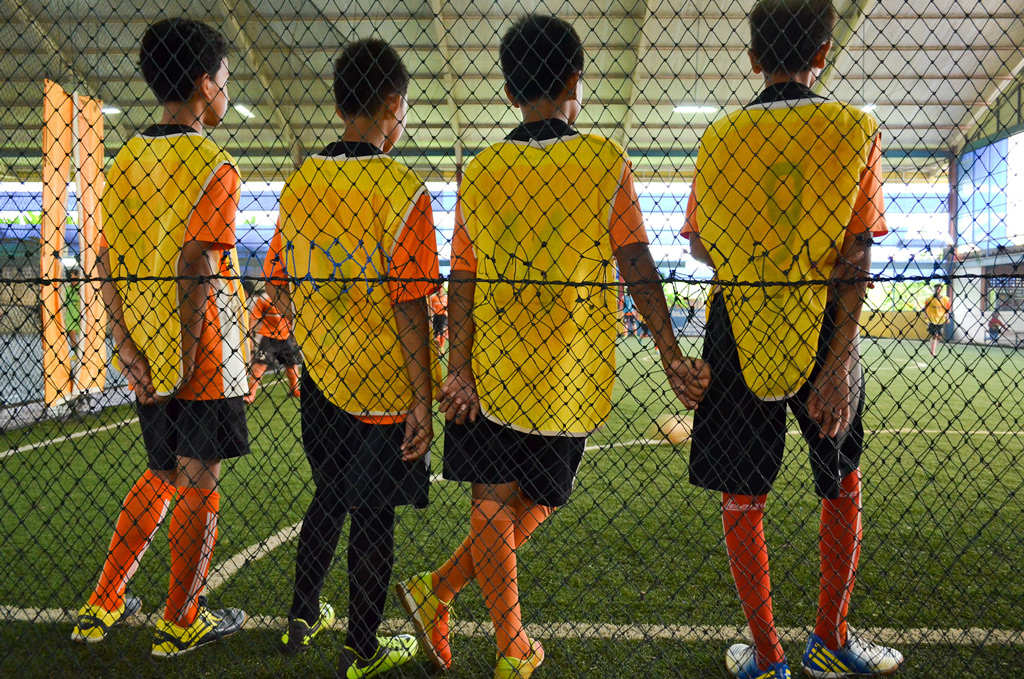
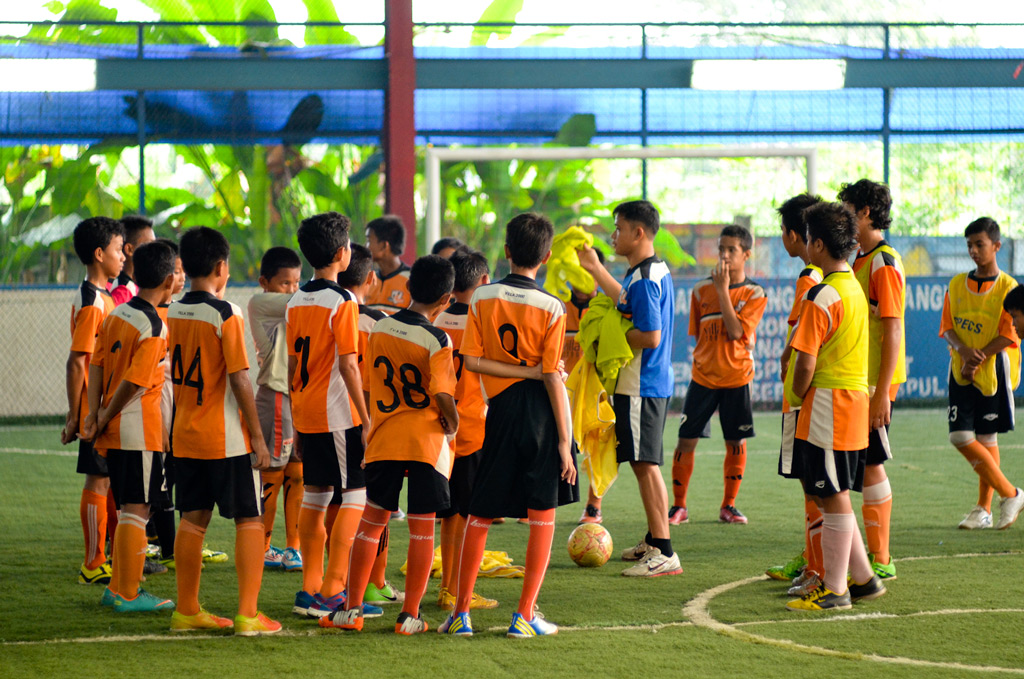
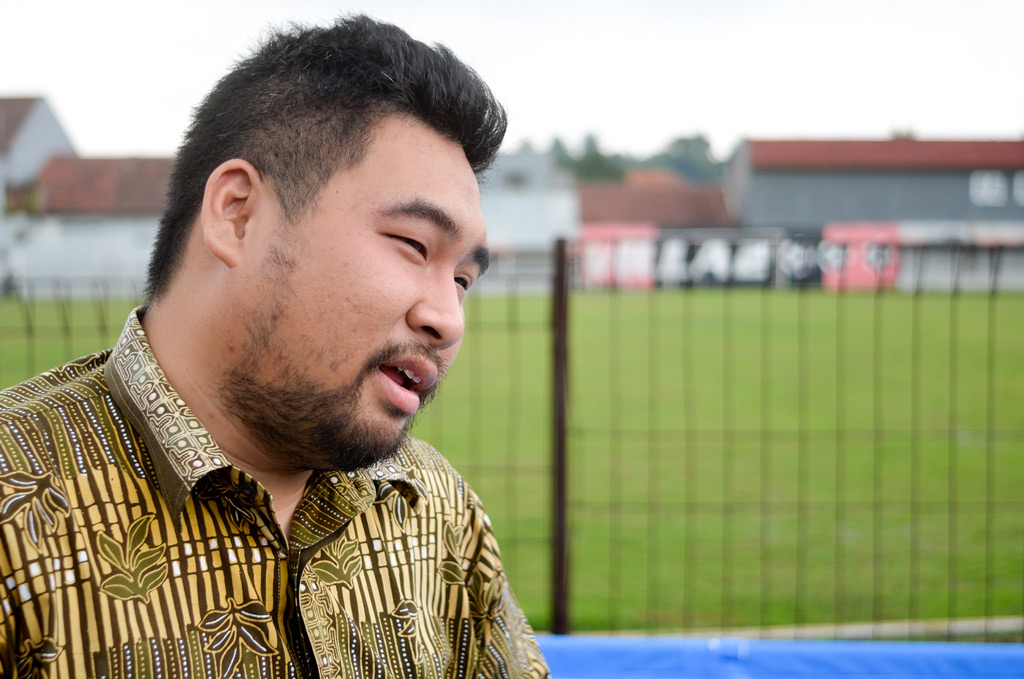

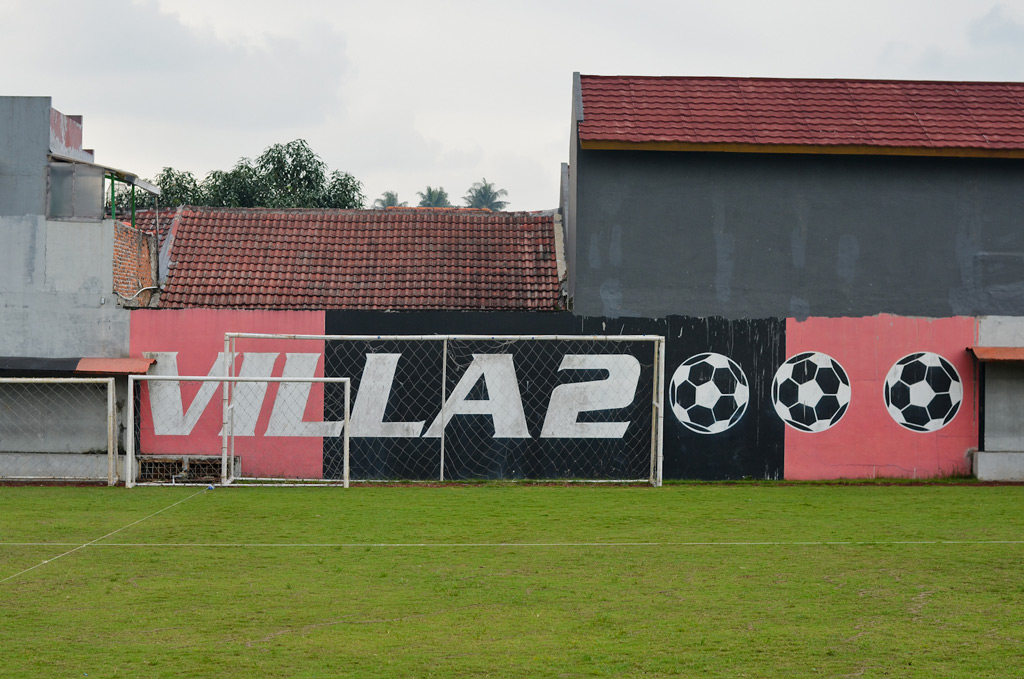
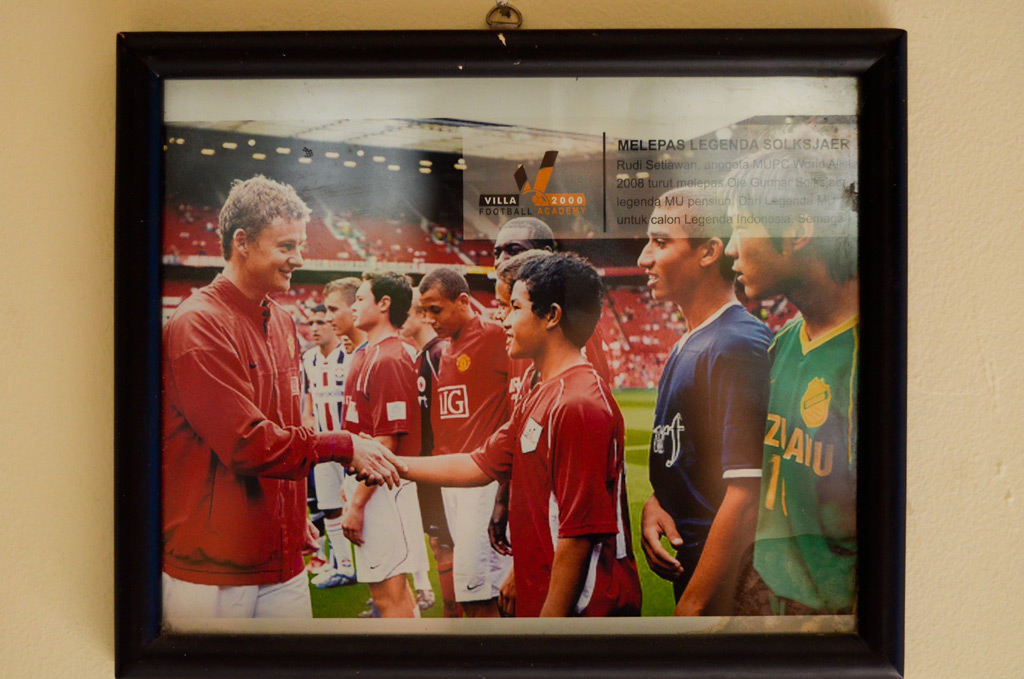
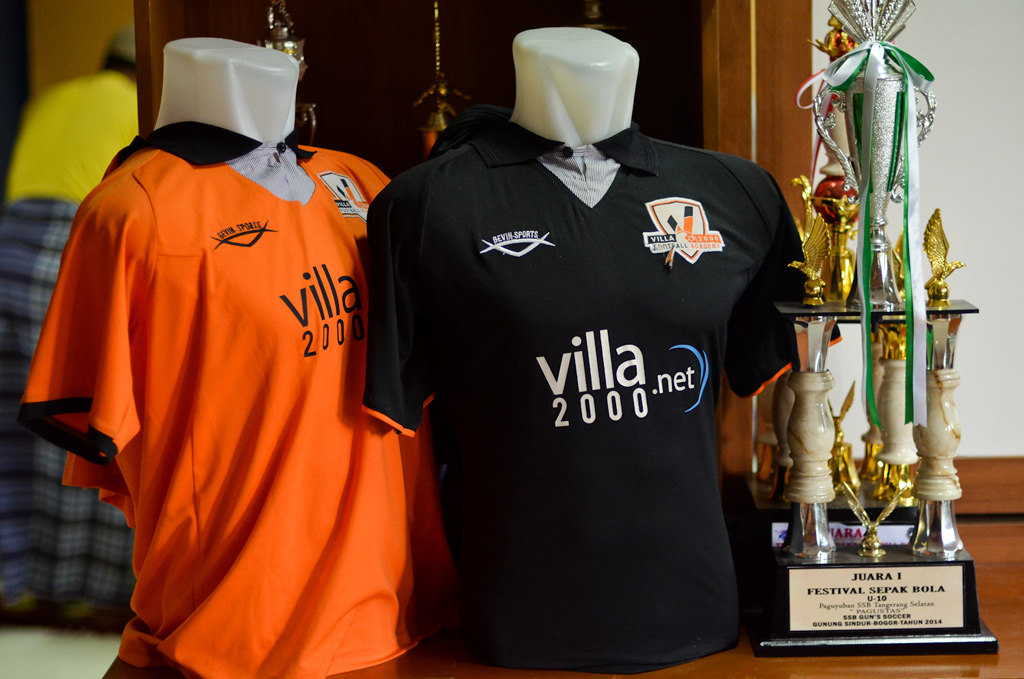
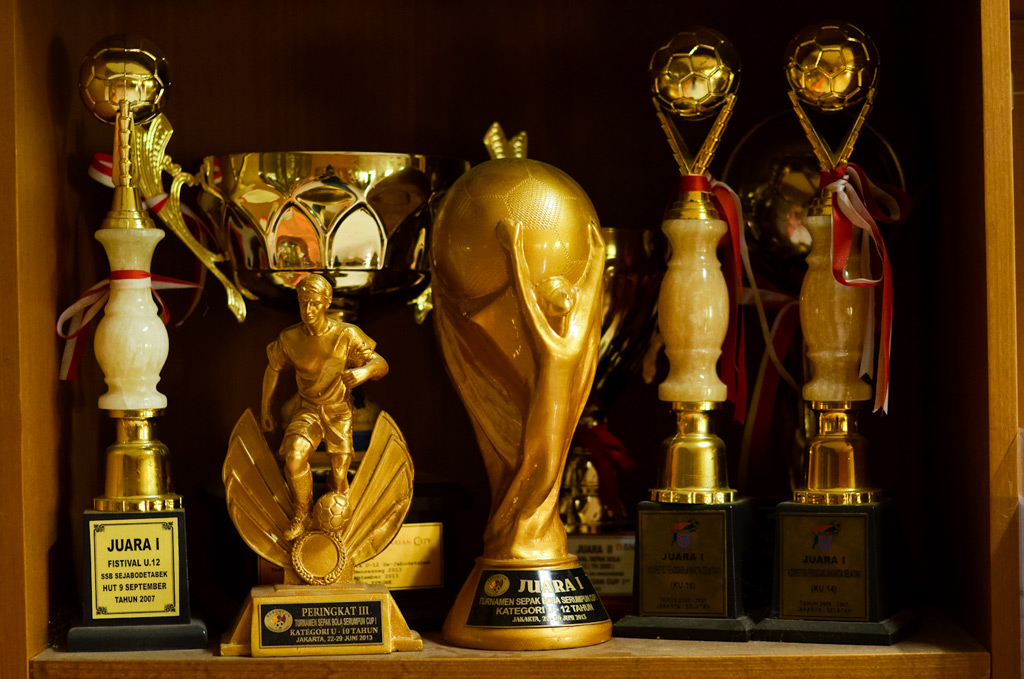

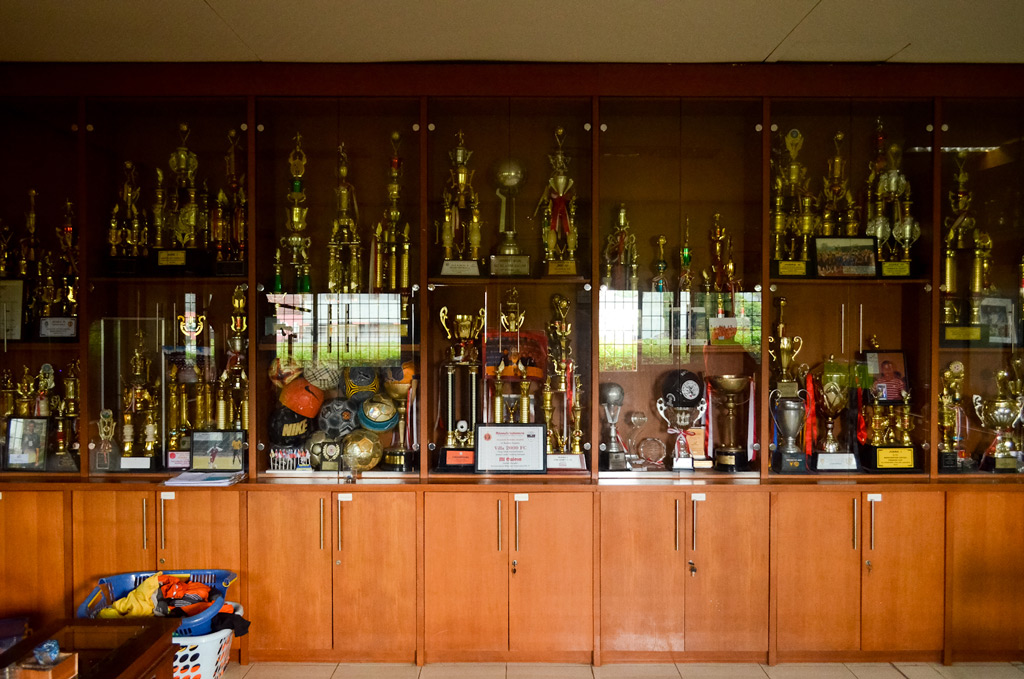
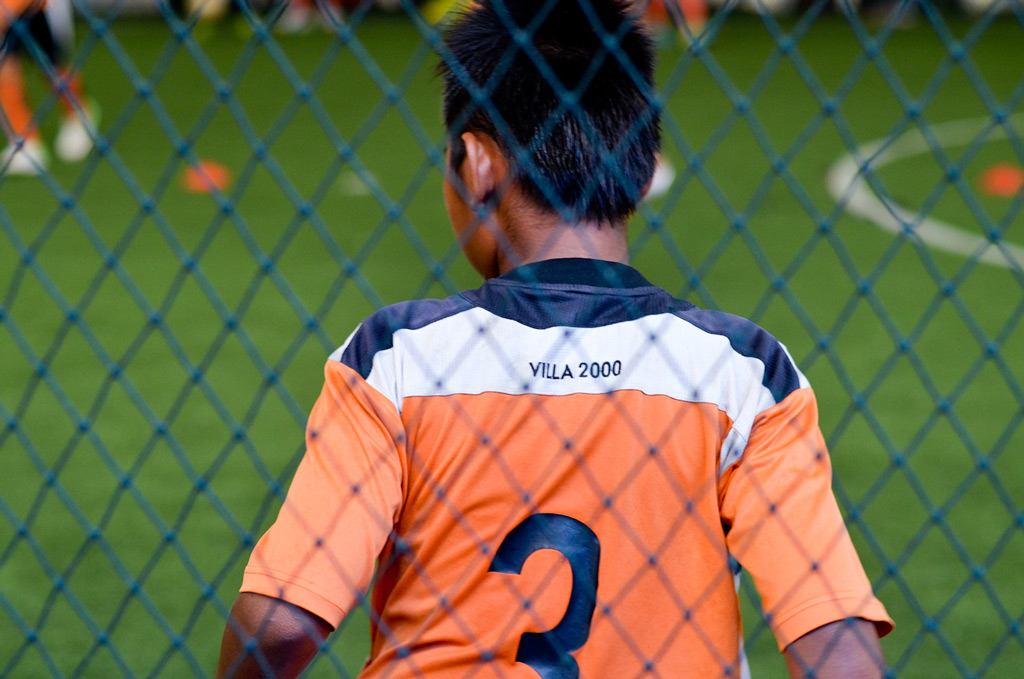
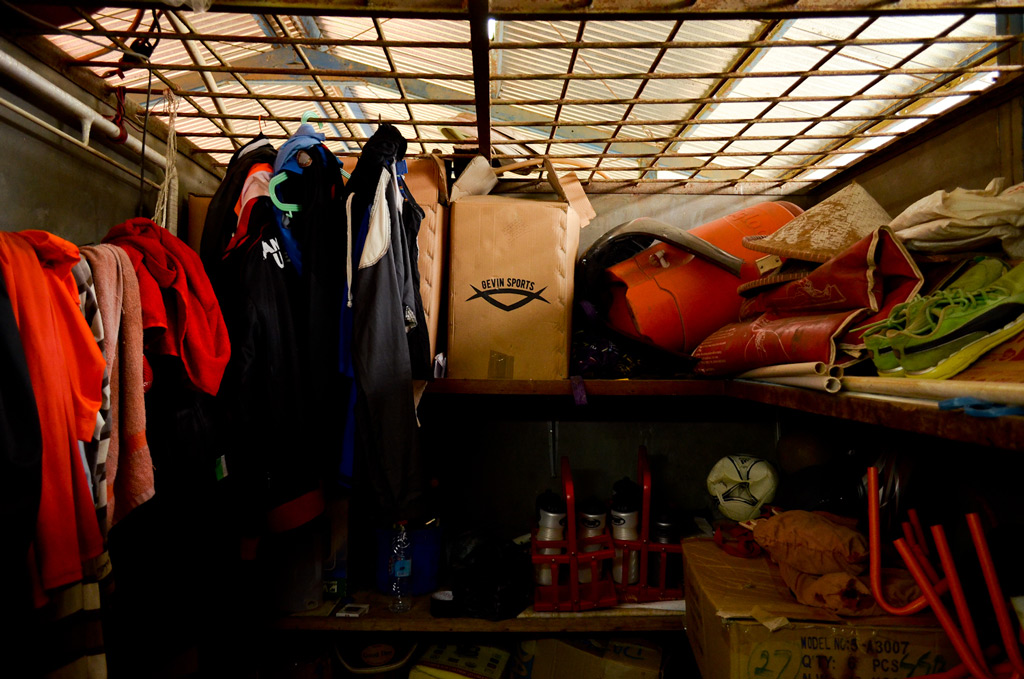
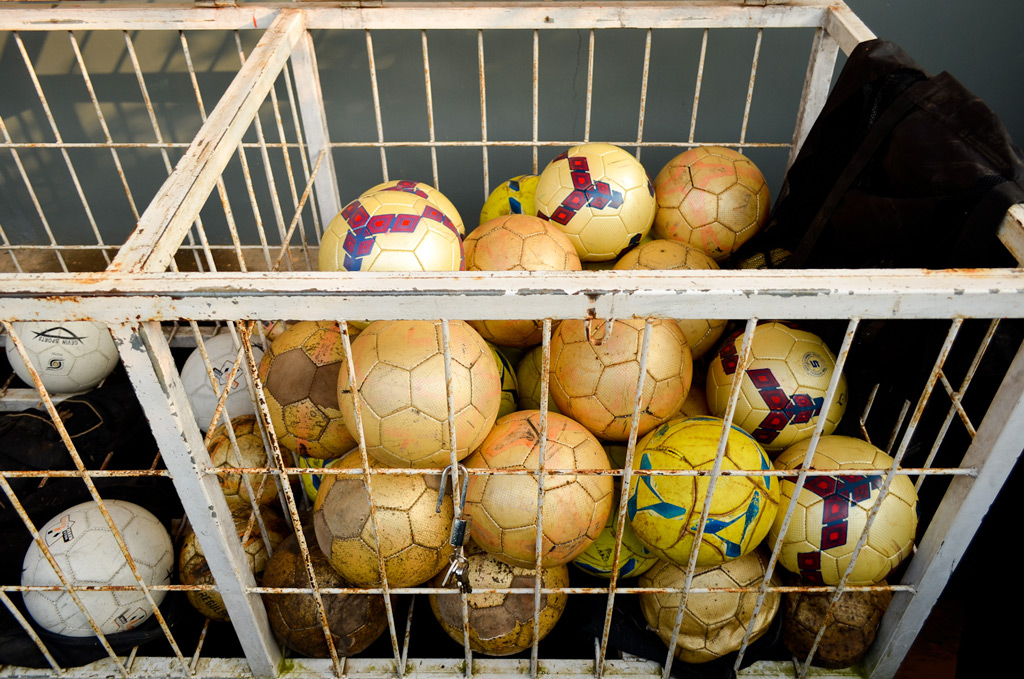
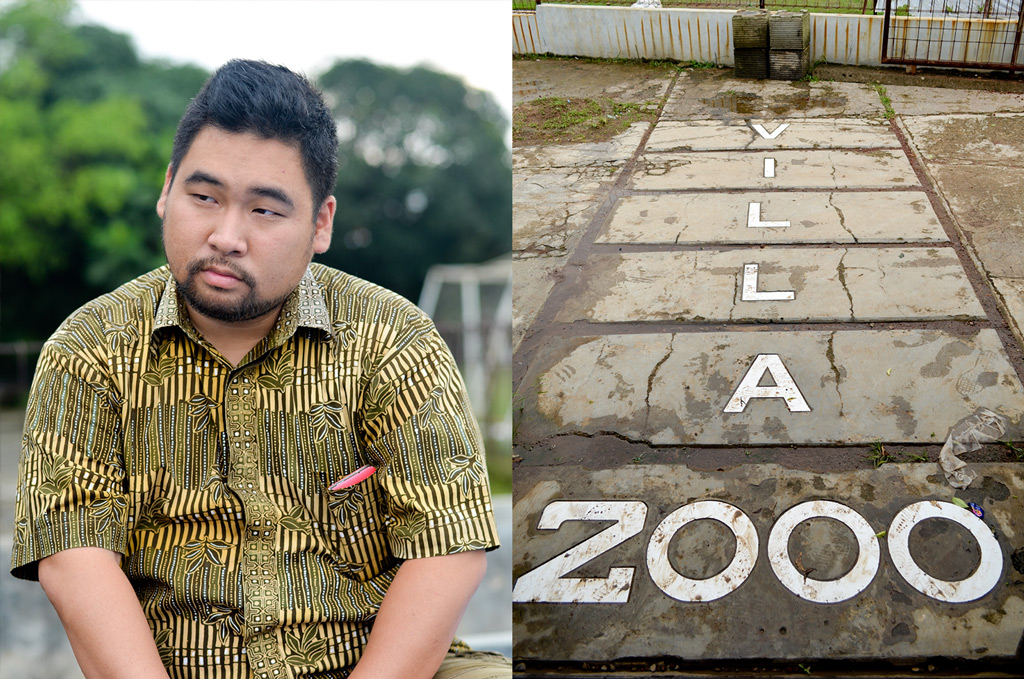
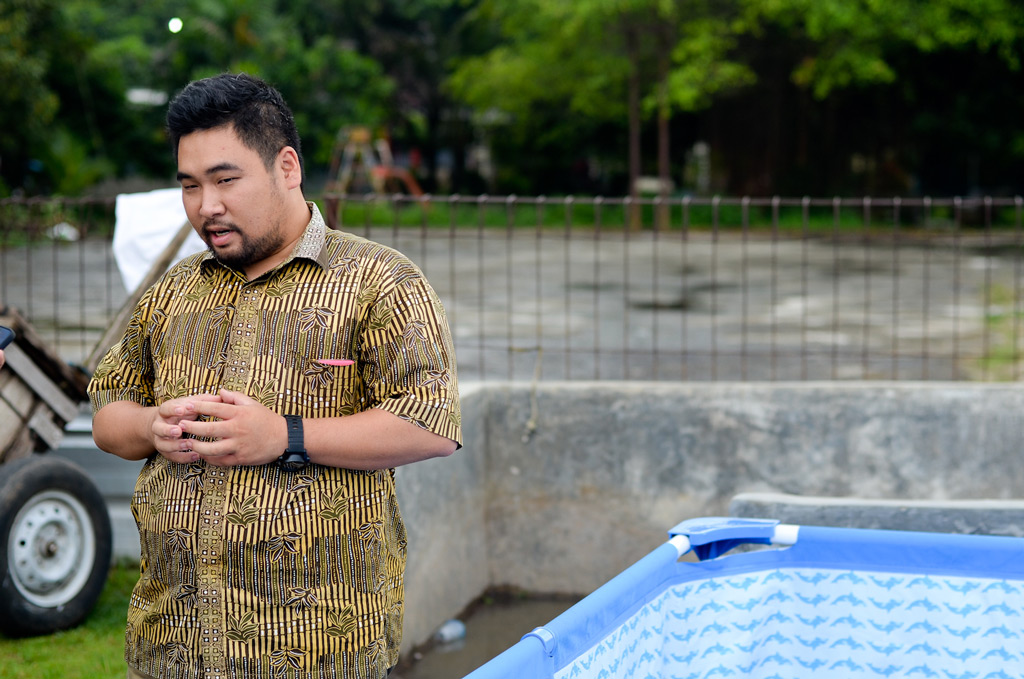
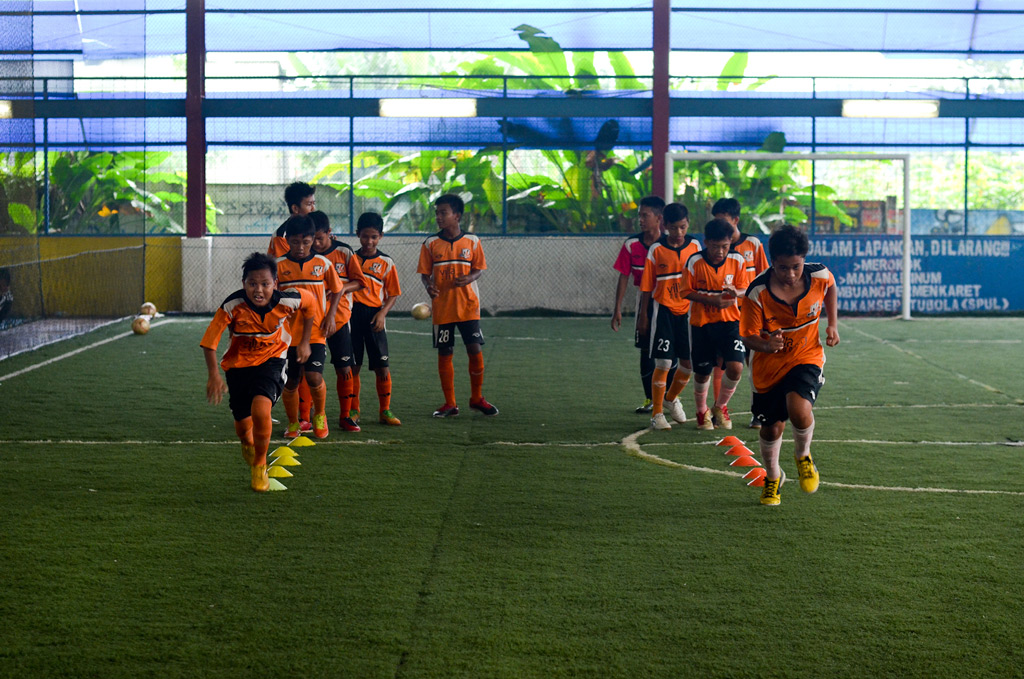
C
Can you tell us about the history of Villa 2000?
G
In 1998, there were the riots and unrest. There were many people that didn’t go to work, so many in the Villa Pamulang area met everyday to play football. The group met almost every afternoon, and since it was so constant, finally Villa 99 was established – then Villa 2000. It is basically a community effort. Their activities continued until about 2003.
C
This wasn’t a professional club yet, right?
G
It was a club for middle aged guys in the area. In 2003, they were getting old, and were perhaps tired, that was when Iwan Setiawan said “why don’t we make it a football school?” – that is basically how Sekolah Sepak Bola (SSB) Villa 2000 was established.
C
And how did the school develop after its establishment?
G
In the beginning, 2003, we were there to coach and develop talent from a very young age to 15 years-max. In 2007 there was a development. The first generation of players were now adults, they were at the age where they can play professionally – so it was decided that Villa 2000 should become a professional club. In 2007 we applied to PSSI [Persatuan Sepak Bola Seluruh Indonesia, The Football Association of Indonesia] to become a member, and our team partook in the Division 3 – the lowest tier.
C
Now you are in Division 1, which is crazy because your team did it so quickly.
G
Actually, it isn’t as fast as you think. We started playing in Division 2 in 2011. The club was in Division 3 for months, but as the younger members of our school grew up, we became a stronger team.
C
All of Villa 2000 team members started from your school?
G
No, not all of them.
C
The majority?
G
Yes, the majority. During the Division 3 and 2 era almost all of the players were from the school, about 90 percent.
C
What about now?
G
Now it is about 70 percent, the rest are transfers.
So in 2011 we were in Division 2 and felt that there was a momentum, so we thought of a new dream – why didn’t we become a professional club?
Throughout the club’s history we were faced with a problem. We originally wanted to only develop players, then transfer or sell them, but at the end of the day that was no easy task.
C
Why?
G
Because we didn’t have platform to do so. We had to put our energy to it, and now we are in Division 1.
C
Some of your members are in the National Team, right?
G
Yes.
C
That’s amazing, I mean the grassroot development of the players.
G
We want to make a professional club that is healthy, well-planned, organized – do it the right way. There are a lot of professional clubs here doing the wrong things.
C
Such as?
G
Well, they have developed their team the wrong way for months, years even. They continually buy players instead of developing their own, they do not have training facilities, no youth structure. They keep spending without investing – that is the problem we see in other clubs, and we wanted to do things differently.
Another example is how the team spend money on player dorms, feeding them – that is a waste of money, and it doesn’t exist in places such as Europe where top-level football is being played. We do not need to delve into the players’ private lives, we have no business being there. We need to make sure the players perform their best and do their job, and after that’s their private lives. We only have dormitories for players from outside of Jakarta, and if they have a family we just help them find a home.
C
So what is the next dream for Villa 2000?
G
Next is… well, we would like to win the Asian Super League, an international competition between clubs.
C
How long do you think that will take?
G
In the next 10 years, I think. This is our first year being a professional football club, so there are many things we need to learn – budgeting, we’re creating a lab, an audio-visual room, we are making changing rooms, etc.
C
I read that your team went to Old Trafford, could you tell me about it?
G
We won the Indonesia Nike Premiere Cup, which lead us to play and win at the Asia-Pacific level, and culminated at the World Final in Old Trafford. This is the junior club version of the World Cup, under 15 years of age. This was in 2008.
C
You must have gained a lot of insights through this competition.
G
Yes. When we first began, we wanted to be a top football academy, not a professional club. We focused our energy on the youth, so much so that our under-18 team could be stronger than a professional Division 3 club.
After learning more about football management we found that we needed to improve on many things. We needed a structure that was uniformed from top to bottom, a uniformed style, training system, playing style, curriculum. That is a long-term goal we are working on. We were too focused on short-term goals in the past. In terms of youth development, the goal should be to have more first-team players graduate from the academy, rather than winning trophies.
C
Who overlooks the youth development?
G
We all do, but our technical director is Iwan Setiawan.
C
What about the coaches?
G
They come from a variety of backgrounds. There are ex-players, sport science graduates, regular folks – it’s variative.
C
In your opinion, how is the state of the grassroot development in Indonesia?
G
I believe there is a high level of enthusiasm in Indonesia. So the problem lies in how to channel this energy and enthusiasm, there aren’t many who knows the right way to create this development. There is a lack of direction, so clubs do what they believe is right. If not done correctly, many will eventually face problems and give up.
For example, academies would focus on winning youth events, distributing players to the national junior level – they are very focused on developing players of a certain age group. They forget that football needs to be systematic, sustainable, and comprehensive. The program must be consistent from perhaps 8-years of age until their in the first team. You cannot overemphasize on a certain age, which happens in Indonesia because they are focused on winning events. For example, the under-14 group has Liga Kompas [Kompas League], which will get you daily coverage on the biggest media in Indonesia. Many of these leagues give amazing media coverage, that is why the academies are focused on them. Youth development could only cover a certain age group, and many forget to continue developing their talents after.
C
And that is what Villa 2000 is focusing their energy on?
G
Yes. If we cannot afford to apply an idea for all age groups, we simply don’t do it. If we can only afford to take public transportation to competition, then all age groups will take public transportation – except the first team because they are on a different level.
Clubs would have programs where they send the youth to Puncak for a special football preseason program with a special nutrition etc – if we cannot afford it then why would we do it? and if they only go to the camp when there is an upcoming competition then it’s useless.
Right now we have a structure, and when we have a larger financial resource we will have more talented players. Right now, we have an academy, and only the best of the best will be in our first team, even though that’s not how an academy should function.
C
How should it function?
G
You should have the best from the best, period. At least the best of your city. That is our goal in the future. When we have the resources, we want to pick, from the age of 12, the best of the best in Jakarta, and someday we will have a great first team. When we have reached that stage, winning the Asian Super League will be feasible.
C
How did you become involved in Villa 2000?
G
I wonder myself how did I became involved here [laughs]. I was invited by Iwan Setiawan as an academy director because Mr. Iwan wasn’t able to work here full time. I executed the academy’s program. Now I am Director of Football Operation.
C
[laughs] and what does that mean?
G
I oversee all levels of our program. Now we have a first team, and should have its own director – we will in the future.
C
Where do the home matches for Villa 2000 take place?
G
In Cilacas.
C
How many people are usually involved in the International Coaching Clinic?
G
Myself and Ridwan Oesman have been involved.
C
And the International Coaching Clinic is held every year?
G
The first was in Australia in 2010, a basic course.
C
Which Football Association organized it?
G
The Australian Football Association. I clicked with the program, the concept was powerful – created by Raymond Verheijen. I joined the basic, advanced, and expert programs. Now after the expert program we have yearly expert meetings – last years was in London, this year is in South Africa.
C
This program specifically focuses on youth development?
G
No, it focuses on periodization, the science of scheduling.
C
Could you explain, I don’t quite understand.
G
To prepare a team, you need to create a schedule. You need to regiments, what should come first, when should you do heavy training, when should you get a day off.
C
Does age level play a part in the periodization?
G
Yes, there is a youth periodization. There are first team periodization, youth periodization, even rehab periodization.
C
This Dutch guy Raymond Verheijen is from KNVB
G
He used to be in the KNVB. He has coached national teams in 4 World Cups and 4 European Cup.
C
Wow, really? Which teams?
G
The Dutch, Russia and Korean teams. He is usually with Hiddink or Advocaat with Rijkaard in Barcelona. He is consultant for Barcelona, Chelsea, Zenit St. Petersburg – all the big clubs.









